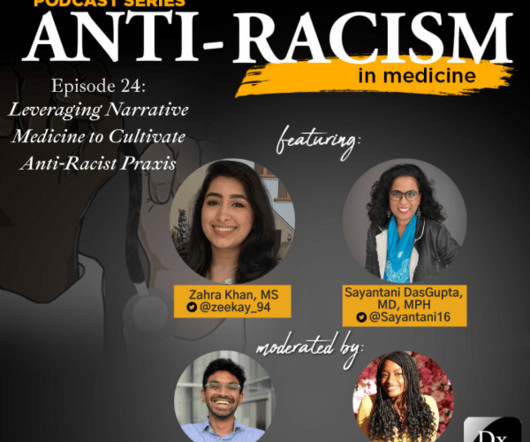A Question 30 Years in the Making: Would a Final LDT Rule Withstand Judicial Scrutiny?
FDA Law Blog
NOVEMBER 1, 2023
Lenz, Principal Medical Device Regulation Expert & Sophia R. Gibbs — For more than three decades, FDA has claimed that the Federal Food, Drug & Cosmetic (FD&C Act) gives the agency legal authority to regulate laboratory developed tests (LDTs) as medical devices (see our prior post here ). Gaulkin & Jeffrey N.
















Let's personalize your content